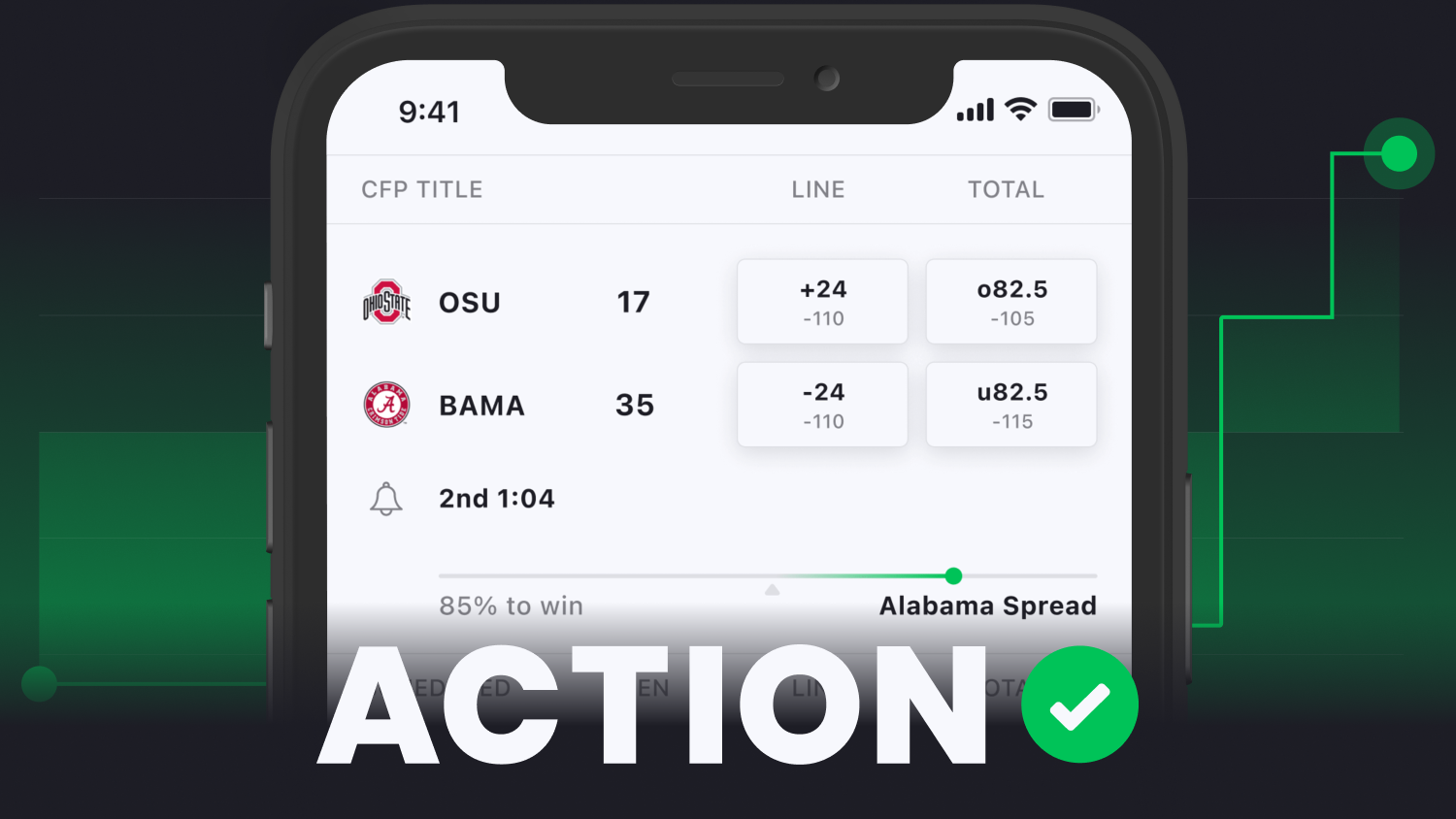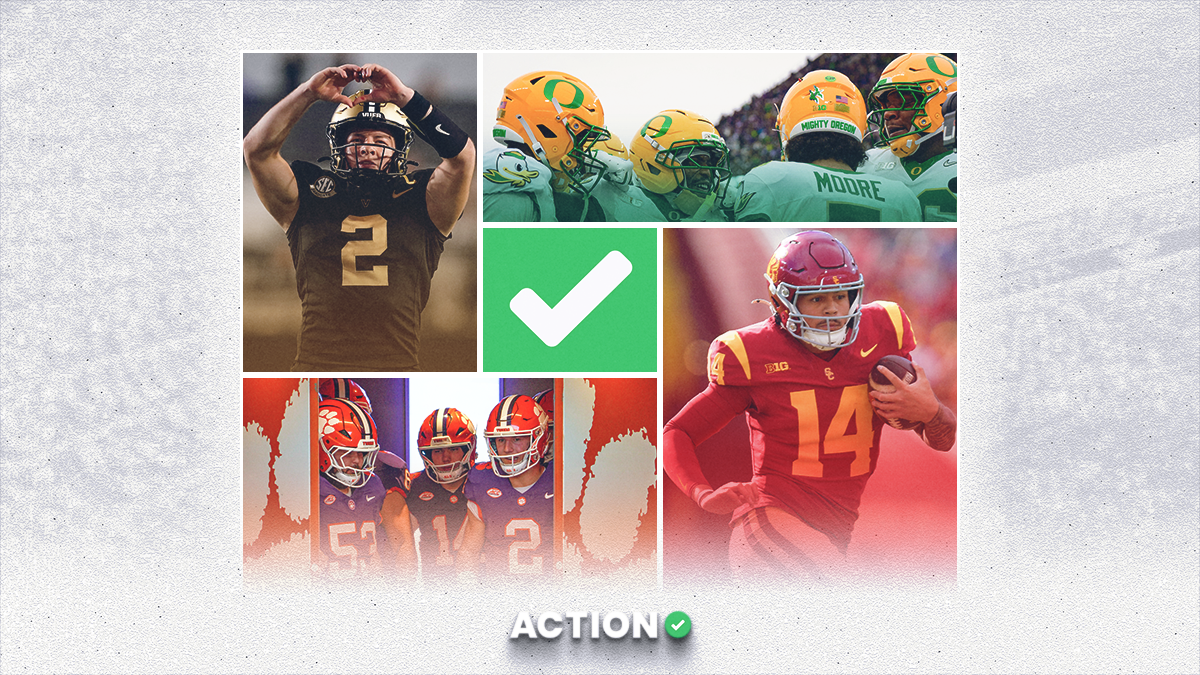Arizona, Arizona State and two-time defending Pac-12 champion Utah are leaving the Pac-12 and joining Colorado in the Big 12 in 2024, pending formal approval by the Big 12, sources told Action Network.
The Big 12 presidents' approval is expected in the next 24 hours, followed by an announcement of the three new members sources said.
This is the latest blow to the Pac 12 and puts the conference’s future “on life support,” sources told Action Network.
The departure of the Pac-12’s “Four Corner” schools, plus USC, UCLA, Oregon and Washington, means eight of the Pac-12’s members have left in the past 13 months. The Big 12, meanwhile, will become the third Power 5 league with at least 16 members, along with the Big Ten and SEC.
The departures of Arizona, Arizona State and Utah from the Pac-12 come hours after Oregon and Washington left the conference for the Big Ten.
Action Network first reported last August that officials with the Ducks and Huskies met with the Big Ten about potential membership. Both schools had already been “vetted and cleared” to join the Big Ten if it made financial sense for the conference.
Sources told Action Network that the Big Ten did not want “the Pac-12’s blood on its hands” by taking Oregon and Washington before any other members left. However, the Ducks and Huskies eventually decided to join the Big Ten, paving the way for Arizona, Arizona State and Utah to join the Big 12.
Arizona, Arizona State and Utah — like Colorado — opted to move to the Big 12, sources said, because of the Big 12’s stability and a more lucrative financial outlook under commissioner Brett Yormark. Also, the uncertainty of the Pac-12’s future without USC and UCLA and the inability of Pac-12 commissioner George Kliavkoff to secure a new Grant of Rights deal played a role.
Arizona and Arizona State had been in the Pac-12 for the past 45 years, while Utah is bidding to become the first Pac-12 team to win three consecutive conference title games.
The Pac-12 had been pursuing a new media rights deal for the past 13 months. In March, Arizona president Robert Robbins told CBS Sports he was optimistic the Pac-12 would close its media rights deal “in a couple of weeks.” He also discussed the possibility of schools leaving the Pac-12.
“If somebody were to bolt right now (in March), depending on who it is, it would clearly be destabilizing, which is why the Big 12 is doing it,” Robbins told CBS Sports. “If they can get me to say, ‘I'm going. I've had enough of this. I love those guys in the Big 12.’ Then I think it would get interesting quickly. If Colorado and us went together, then you've got problems.”
A week after that interview with CBS Sports, Robbins met in person with Yormark in Houston at the Final Four, discussing the Wildcats’ potential move to the Big 12, sources said.
Robbins did not want to leave the Pac-12 without Arizona State and Utah, but because of an inadequate Pac-12 media rights deal, the trio decided to move together, sources said.

In the Big 12, Arizona, Arizona State and Utah will receive a full $31.7 million annually in media rights revenue (not including other league revenue from College Football Playoff, etc.) once the Big 12’s new six-year $2.3 billion Grant of Rights deal with ESPN and FOX begins in 2025, sources said.
In 2024, the three schools also will receive a full Big 12 revenue share, estimated to be about $42 million, a source said. In 2025, that “all-in” number is expected to be around $50 million annually per school, industry sources said.
The departure of eight Pac-12 schools puts the conference in a precarious position. The Pac-12 will need to add schools from the Group of Five to stay afloat.
However, any program leaving before 2024 in the Mountain West, such as San Diego State, must pay a $34 million exit fee, while AAC schools, such as SMU, would probably have to pay double its $10 million exit fee for not providing the required 27 months’ notice.
Arizona, Arizona State and Utah will join Colorado in the Big 12 in 2024 — the same year Texas and Oklahoma join the SEC, USC, UCLA, Oregon and Washington join the Big Ten and the first year of the 12-team College Football Playoff.
Losing four of its remaining 10 schools — and potentially others — will cripple the value of any Pac-12 media rights offers, industry sources said.
Arizona and Arizona State joined the then Pac-8 in 1978, with both schools coming from the WAC, to create the Pac-10. Utah, along with Colorado, joined the Pac-10 in 2011 to create the Pac-12. Utah came from the Mountain West.
Of the dozen schools that have joined a Power 5 conference in the past 12 years, the Utes have easily had the most success and are the only ones to have won a conference title game. Utah has won back-to-back Pac-12 titles.
Since becoming Big 12 commissioner last summer, Yormark has been candid about the Big 12’s desire to expand West to provide more value for the league and add a fourth “time zone.”
Yormark gambled by pursuing an early Grant of Rights deal with ESPN and FOX two years before the league’s current deal expired in 2025. By going early, he provided security for a league that was losing Oklahoma and Texas to the SEC and consequently capped the Pac-12’s media rights value.





















































